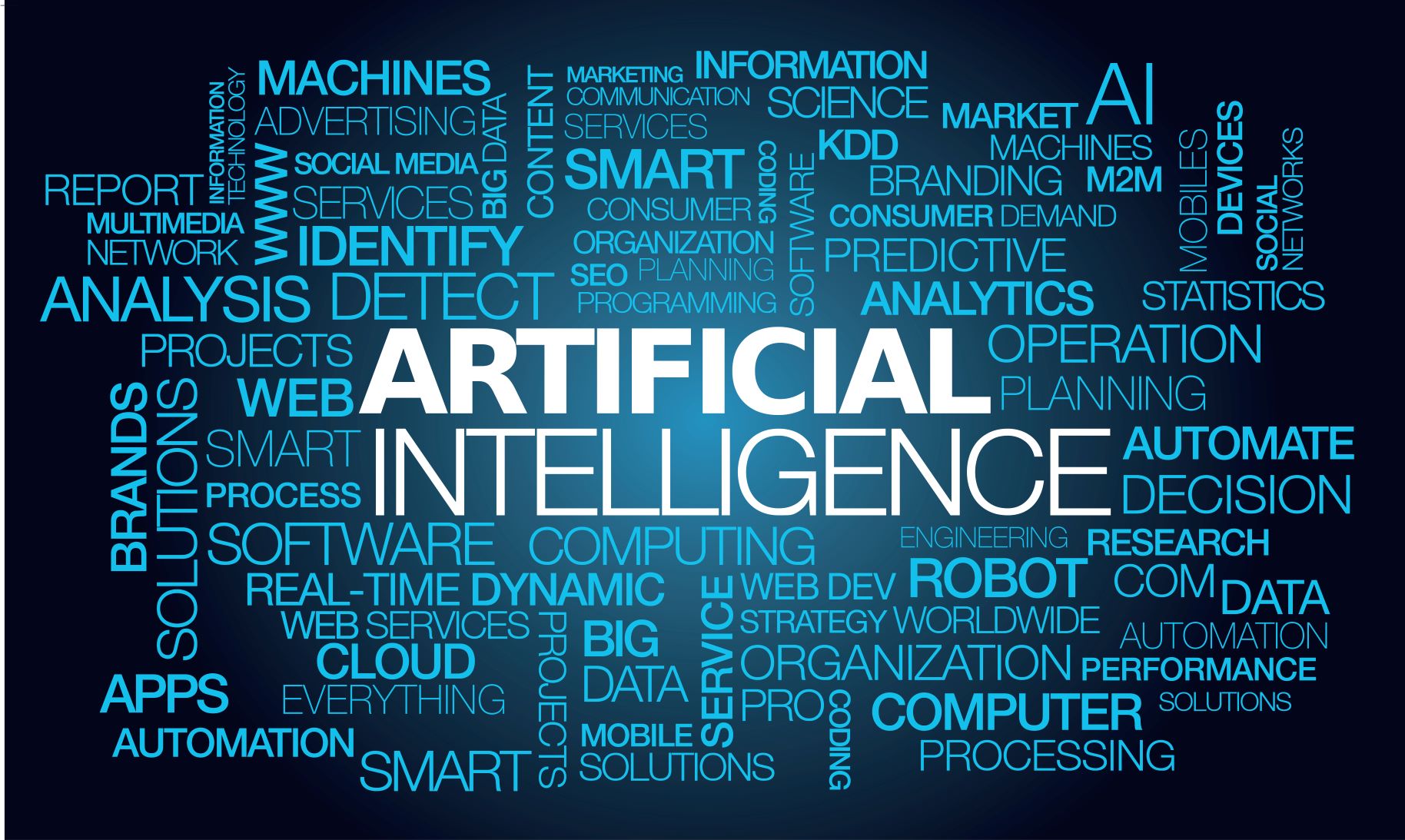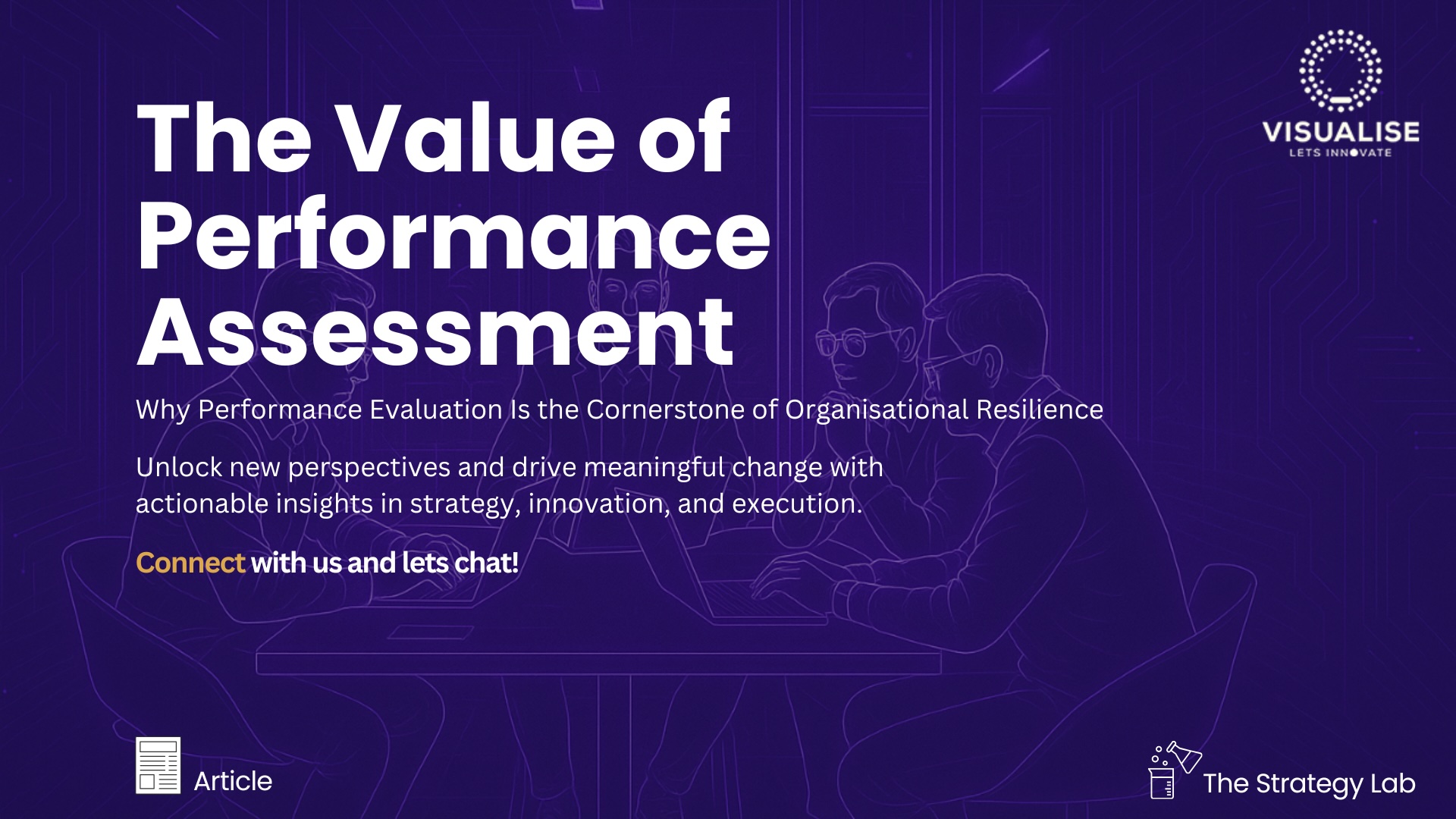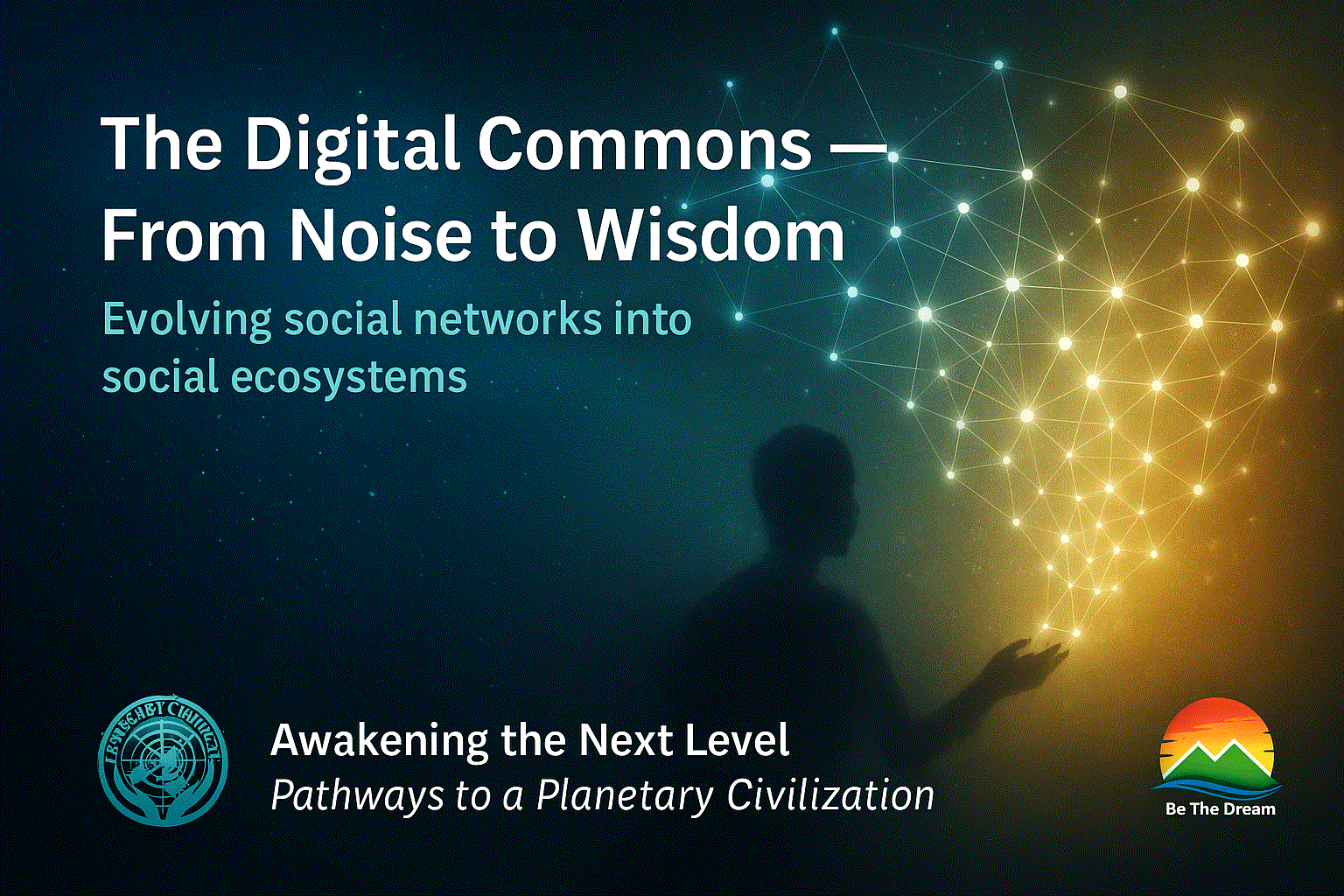Apr27

Combining all data with Artificial Intelligence assures an excellent analysis of very precise tasks to be performed in all sectors of activity. From logistics to marketing, sales and finance, Artificial Intelligence provides predictive and behavioral analysis. Based on neural architecture, a copy of the human brain, it uses all available data to help build a behavioral analysis.
Let's take the example of human resources: cross-analysis between all available data (including social networks) will not only check the facts stated on resumes, but also predict the possible future behavior of candidates. This will ensure a good match for jobs and a much higher success rate for each recruitment. When a person is hired, it will be the right person and for the right amount of time, as the data will show when people get bored in their jobs and are therefore more likely to leave.
Our lives are now increasingly managed by these new technologies that collect, organize, and analyze data about us.
As a result, companies can better serve their prospects and customers, resulting in a higher return on investment for all activities. Knowing the tastes and desires of each individual, they can better predict and target their sales.
E-commerce sites will progressively see more "b to bots" (for business to robots) activity than human to robots, hence the new term "B2B" meaning "Bot 2 Bot", user-controlled robot to robot communication. Logically, this will create even more data and require larger amounts of server space and power.
In the 1950s, databases were created with only one type of format. Rapidly, new ones came along that were larger with various formats . I started using a database called Dbase in the early 1980s. Today, the variety of data sources such as images, video, text, engineering data, spreadsheets, mobile data, social media and email, require different database formats.
That's why a different variety of databases have emerged, with a larger amount of information, whose power and value have taken on a primary role in business management.
However, in the 1950s, we did not know how to collect data and especially how to use it. Today, it is of great value to all companies and now it is gathered in a single structure. Over time, companies have started to realize that they can increasingly use their internal information to answer many questions throughout the company: financial, sales, marketing and customer support in a consistent way. For example: When does a customer tend to order? What is the customer profile? When do they pay? How are they approached, etc.?
Marketing departments were trying to address this, but it was not specific enough for sales teams to optimize. When an employee left the company, they took a lot of know-how with them that could put the company at risk. Then the idea of real-time, data-driven operating systems came into play. Robots were created that used historical data to progress and behave more and more like an animal for some, or like a human for others. These robots created data unlike any other. Everything they saw or heard, every movement they made, and every interaction they had was recorded and reused to ensure that the robot continually developed. In parallel, research around data and data organization had been improved.
Companies are now hiring "Chief Data Officers" (CDOs), a new profession directly related to Big Data. CDOs aggregate information to transform the way we work and interact within the enterprise; they must also ensure that data speaks the same language across the enterprise and makes sense for everyone to use.
The creation of smart technologies, based on historical information and a real-time data collection mechanisms, lead to Artificial Intelligence algorithms. Then, the more the programs are used, the more intelligent and personal they become. The software only copies human thinking capacity and is not yet capable of feelings, intuition or empathy: this is what differentiates "Artificial Intelligence" from "Human Intelligence".
Companies that begin to think outside the box and optimize AI with data will be able to have more accurate analytics (past and predictive) and will be able to be augmented, as their decisions will be based on never-before-seen algorithms. In this digital world where you have to be first, this is the only way to dominate the market and guarantee that companies will operate on their market as leaders.
It's an exciting time because all companies can score big on the AI and data front.
Much work remains to be done to ensure that an AI strategy is in place. Companies need to protect their data, ensure strict data privacy laws, and make the technology scalable to get as much data as possible over a set period of time without suffering from space limitations. In addition, they need to work to get rid of the different silos (finance, marketing, sales, customer service, etc.) within the company, so that all departments communicate seamlessly. Finally, they need to recruit analysts, AI algorithm programmers and big data specialists.
Keywords: AI, Big Data, Digital Transformation
 The Value of Performance Assessment
The Value of Performance Assessment The Digital Commons — From Noise to Wisdom
The Digital Commons — From Noise to Wisdom Friday’s Change Reflection Quote - Leadership of Change - Change Leaders Harness Existing Dissatisfaction
Friday’s Change Reflection Quote - Leadership of Change - Change Leaders Harness Existing Dissatisfaction The Corix Partners Friday Reading List - November 7, 2025
The Corix Partners Friday Reading List - November 7, 2025 The Trust Deficit in Change Programmes
The Trust Deficit in Change Programmes